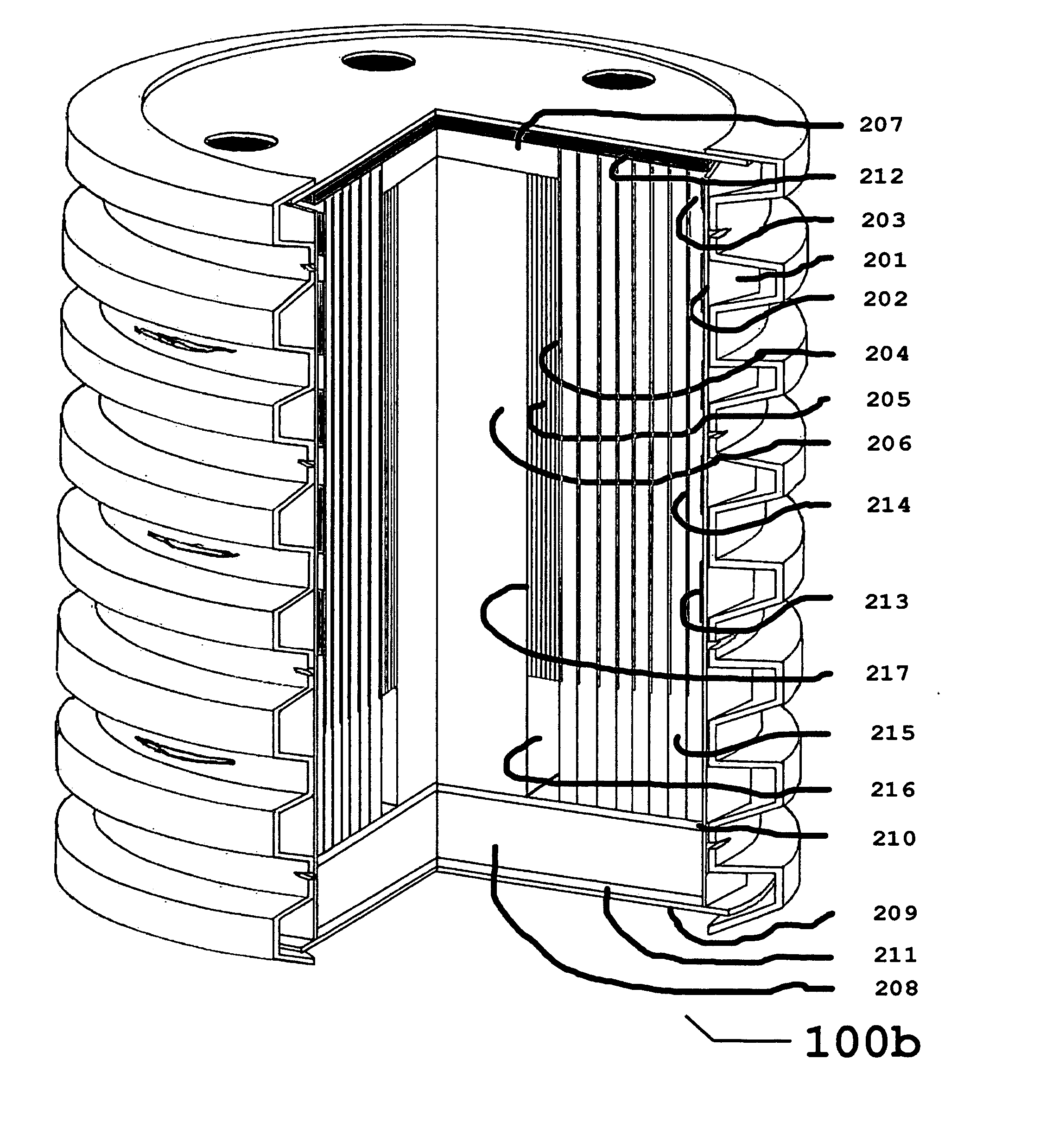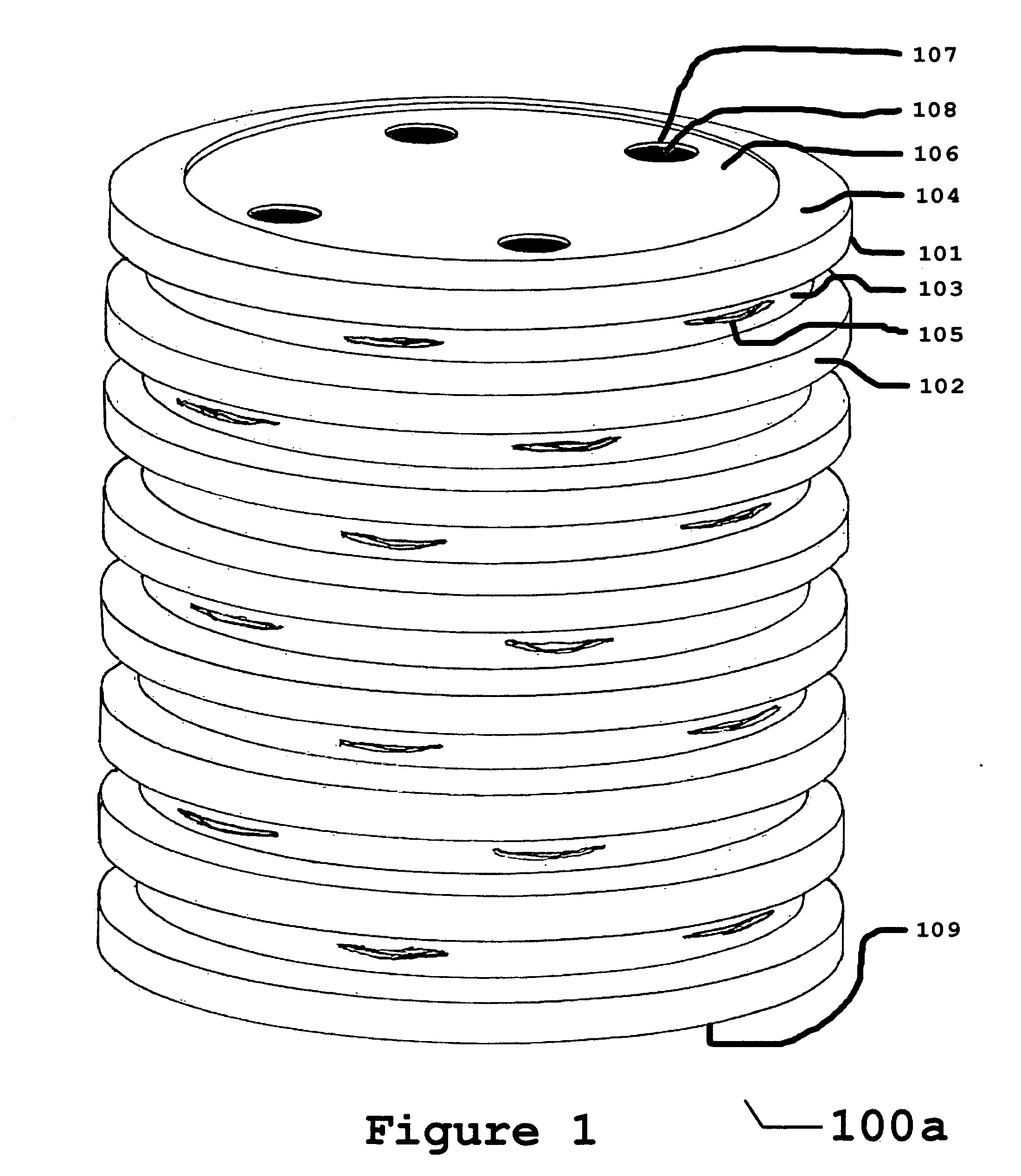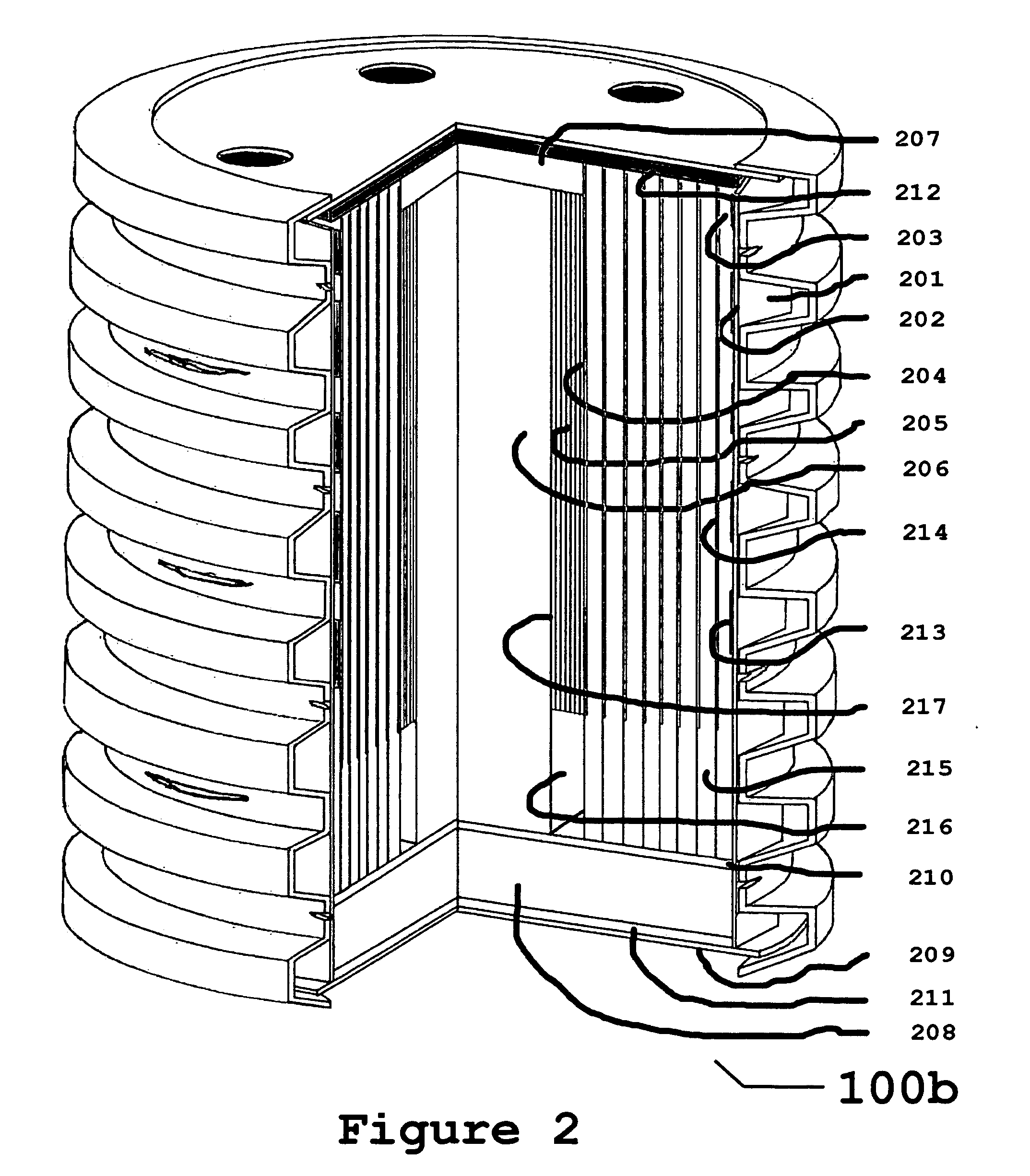When in close proximity to humans, many of the eusocial insects in the order Isoptera (the termites)
pose significant threats to our buildings and objects that we cultivate, construct, utilize, and enjoy.
As practiced between 1996 and the present, termite baiting has been considerably more expensive and
time consuming than competing soil-drench methods.
Though the concepts involved are similar to those of general
insect control services, termite baiting has not mixed well with them.
However, because the term is silent about the fortress-like structures that termites create for their protection and the
fragility of those structures when any of their essential features are lost or eroded, it suffers from important inadequacies.
However, killing a few (suppression) or destroying them all (
elimination) isn't the real objective.
In certain areas, particularly along the coast of the Gulf of Mexico, the Formosan termite, Coptotermes formosanus, also causes significant damage.
When a
food supply at a particular locus begins to dwindle, the number of visiting termites may drop dramatically.
Termites often abandon a
food supply when as much as 50% of its reserves remain untouched.
Unless inspections are carried out frequently, i.e., several times a month, it is unreasonable for an inspector to wait until its food reserves are depleted by 50% before replenishing them.
Juvenile, aggressive termite superorganisms develop quickly and
pose the greatest long-term risk to homes.
A simple cylindrical or rectangular
solid is limited in surface area by its exterior dimensions, though, over time, feeding termites expand the object's surface area by constructing interior galleries.
Nematodes need the
bacteria to survive, but insects invaded by the nematodes soon die, not from the nematodes directly, but from infections caused by the phoretic
bacteria the nematodes bring with them.
However, members of this family that serve as phoretic symbionts for entomopathogenic nematodes are harmless to humans and other mammals.
Such encasements are excellent barriers to transmission of bacterial, viral, and fungal agents, but are comparably poor barriers to nematodes.
Based on these well-documented limitations, many investigators concluded that any effort to employ entomopathogenic nematodes for termite control will fail, at least in the long term.
It also presumes that users cannot provide, in the field, suitable laboratory-grade
dormancy media to serve as a reservoir for nematodes waiting for a resumption of termite activity, following a successful interdiction that naturally produces a temporary quiescence.
However, the costs associated with such treatments are high and the
residual value of such treatments is both limited and indeterminate.
Factors such as unfavorable soil conditions, temperatures and
moisture levels that are too high or too low, or the presence of fungal or bacterial predators, can quickly nullify a soil-drench
nematode treatment.
Worse, since the user has no practical means of determining when such nullification occurs, it is difficult or impossible to ascertain when the nematodes cease to provide a desired level of protection.
While direct injection methods are useful whenever, due to serendipity, the opportunity presents itself, they do not provide a complete solution, because alone they fail as a reliable, consistent means of interdicting active termite superorganisms.
However, presently marketed termite interceptors fail to provide an environment conducive to habitation and propagation of
nematode infectives.
Furthermore, none of the interceptors, detectors, or bait servers presently on the market—with the exception of the devices described in this specification—provides one or more reservoirs containing media specially conducive to the habitation, propagation, or
dormancy of entomopathogenic nematodes.
The general unpredictability of the soil in the field for such purposes is well known.
In the process, one may nullify all of the well-documented shortcomings of field applications of entomopathogenic nematodes for termite control.
Workers execute complex tasks as a series of discrete subtasks, often with significant gaps interposed between them.
However, experienced technicians tend to take about the same time to perform general insect services at a given site, regardless of the number of subtasks involved.
However, an experienced
technician would not attempt to mix the tasks of inspecting a home's perimeter with checking and servicing
a site's cryptic termite detectors.
Cryptic termite detectors introduce a host of added complexities that make it difficult to mix their servicing with general insect control work.
Another measure of
miscibility is whether the added task increases costs to the point that, for many of a
technician's customers, the cost-to-benefit ratio becomes unattractive.
By this definition, termite baiting with cryptic termite detectors and / or bait servers is not economically miscible with those of general insect control.
It often leads, as well, to premature termination of termite baiting contracts, by the customer, once active infestations appear resolved, even though the underlying termite superorganism continues to survive, and thrive, at the customer's site.
Such devices, despite the advertising claims that accompany them, waste significant quantities of time, effort, and / or capital.
Inspectors who use such devices, including advanced “inspector-friendly” models whose caps the user can remove while standing, tire quickly and perform poorly.
However, because its tasks and those of other pest management services are highly miscible, it potentiates even greater levels of efficiency when integrated with mainstream pest management programs.
 Login to View More
Login to View More  Login to View More
Login to View More 


